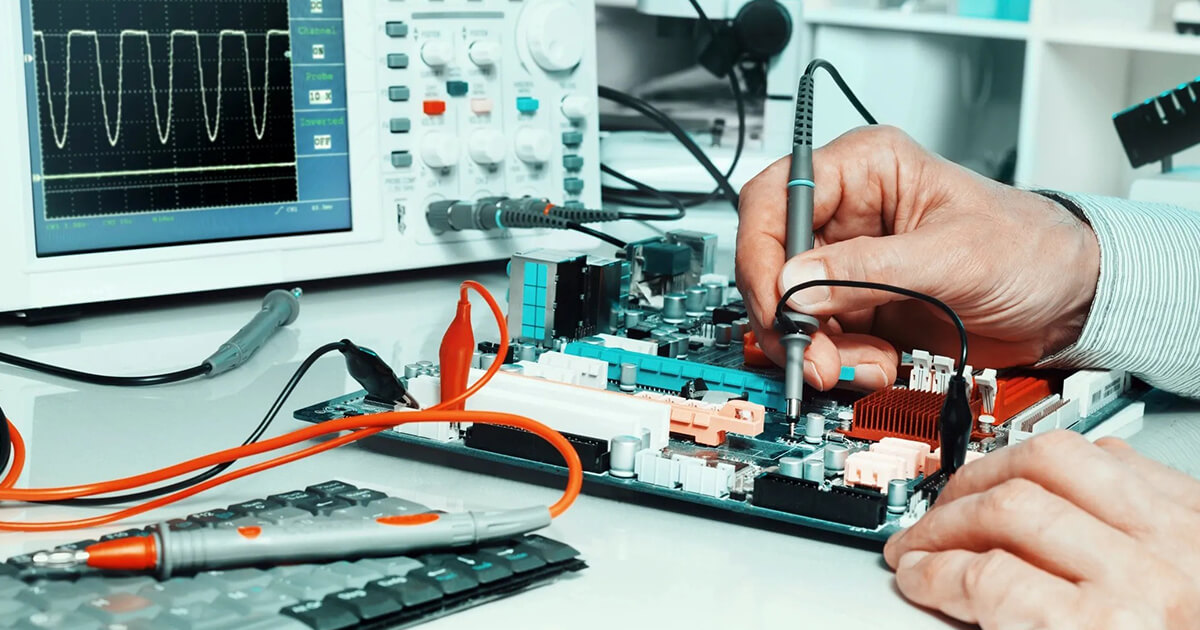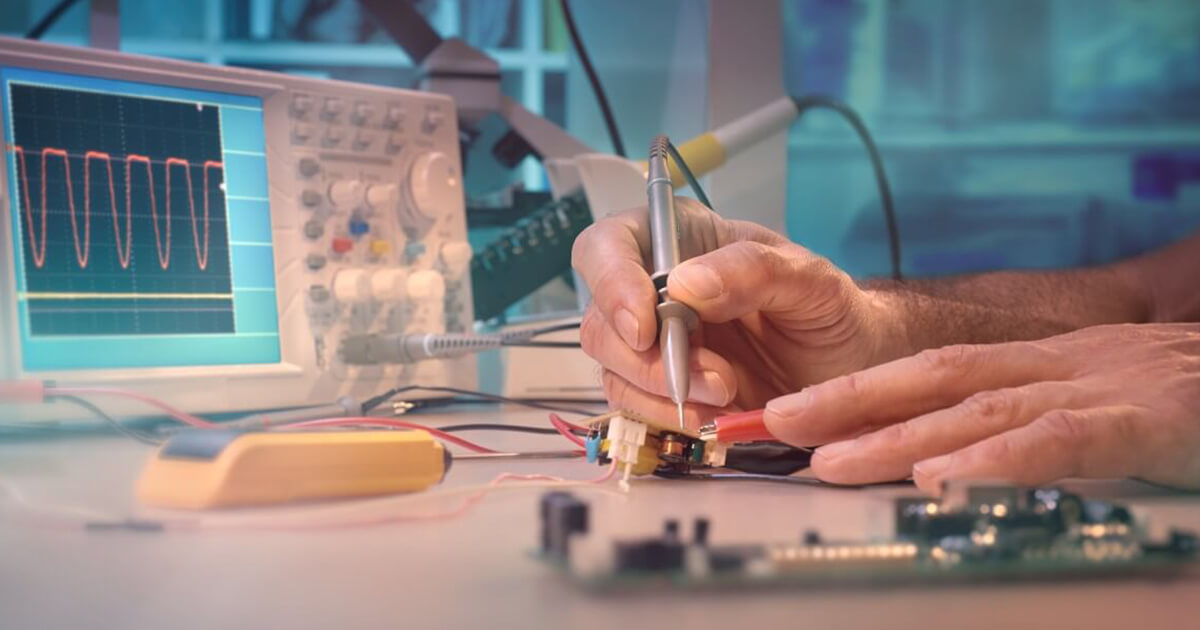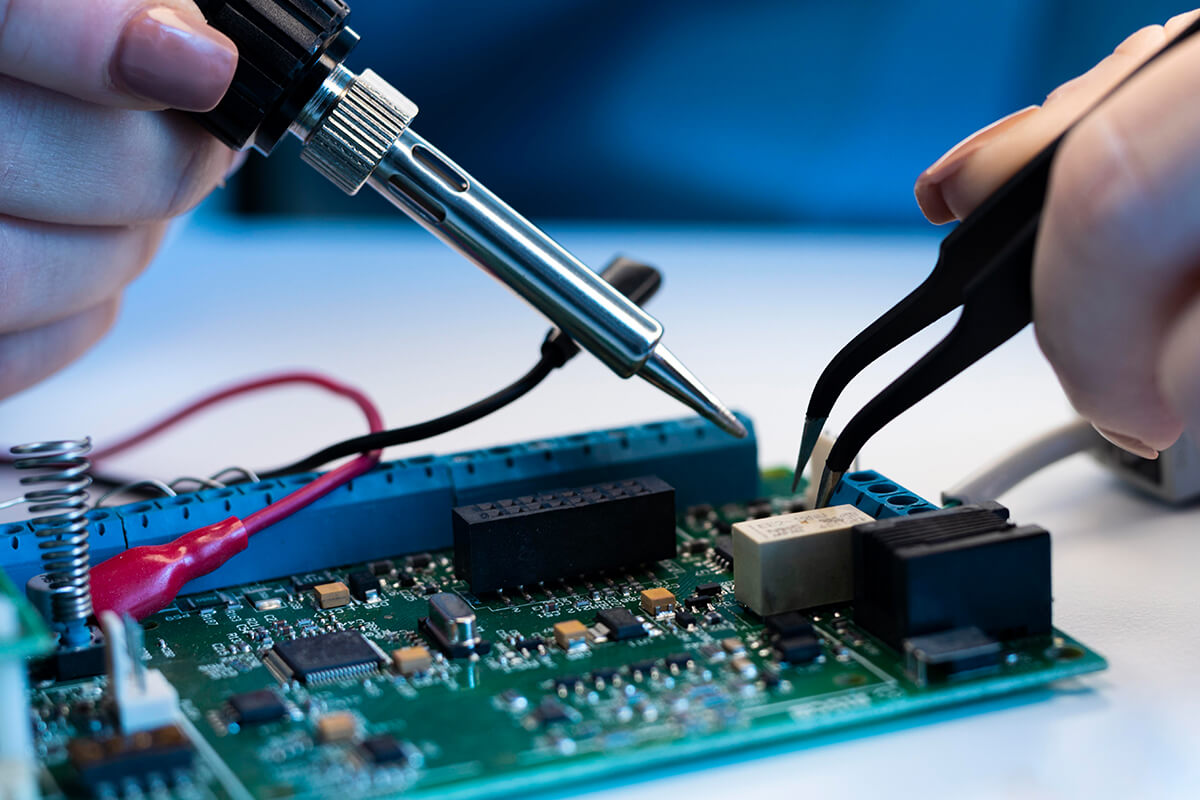The semiconductor industry has always been at the forefront of technological innovation, driving advancements in computing, communication, and countless other sectors. Test engineering plays a crucial role in ensuring the reliability and performance of semiconductor devices, and as technology evolves, so does the field of test engineering. In this blog, we will explore the future of test engineering in the semiconductor industry, focusing on the future needs of different industries.
Introduction to Semiconductor Test Engineering
Semiconductor test engineering involves the validation and verification of integrated circuits (ICs) to ensure they meet quality and performance standards. This process is critical for identifying defects, verifying functionality, and ensuring that semiconductor devices perform as intended. Traditionally, semiconductor test engineers have used a combination of automated test equipment (ATE) and specialized test programs to perform these tasks. However, several emerging trends are reshaping the landscape of semiconductor test engineering.

1. AI and Machine Learning in Test Engineering
Artificial intelligence (AI) and machine learning (ML) are revolutionizing many industries, and semiconductor test engineering is no exception. AI-powered test systems can analyze vast amounts of test data in real-time, making it possible to detect subtle defects or performance deviations that might be missed by traditional methods.
One of the most significant applications of AI in semiconductor test engineering is predictive maintenance. Machine learning algorithms can predict when ATE equipment is likely to fail, allowing for proactive maintenance to minimize downtime. Additionally, AI can optimize test patterns and reduce test times, leading to more efficient and cost-effective testing processes.
2. 5G and the Internet of Things (IoT)
The rollout of 5G networks and the proliferation of IoT devices have created new challenges for semiconductor test engineering. These technologies demand higher data rates, lower power consumption, and greater reliability. Test engineers are working to develop innovative test solutions that can meet these requirements.
One of the key technical challenges in testing 5G and IoT devices is ensuring that they can operate in diverse and real-world environments. This involves creating test scenarios that mimic real-world conditions, such as varying signal strengths and interference. Advanced test systems are being developed to simulate these conditions accurately.
3. Advanced Packaging Technologies
As semiconductor devices become smaller and more complex, advanced packaging technologies are becoming increasingly important. Techniques such as system-in-package (SiP) and 3D stacking enable multiple chips to be integrated into a single package, saving space and improving performance. However, these advanced packaging technologies pose unique challenges for test engineering.
Test engineers must develop new strategies for testing devices with complex package structures. This includes developing specialized test sockets and fixtures that can access all the device’s connections. Additionally, test engineers are exploring innovative approaches like wafer-level testing to catch defects early in the manufacturing process.
4. Security and Trustworthiness
With the increasing integration of semiconductor devices into critical infrastructure and consumer products, security and trustworthiness have become paramount concerns. Test engineering now encompasses evaluating the security features of chips, such as hardware-based encryption and secure boot mechanisms.
One of the aspects of securing semiconductor devices is developing tests that can detect vulnerabilities and ensure that security features are functioning correctly. Test engineers are also working on methods to protect the integrity of the test process itself, ensuring that it cannot be compromised by malicious actors.
Environmental Considerations
Environmental sustainability is a growing concern in the semiconductor industry. Test engineering is not exempt from this trend. Test engineers are developing more energy-efficient test systems and exploring ways to reduce the environmental impact of semiconductor testing.
One approach is the development of low-power test methodologies. By minimizing the energy consumption of test equipment and optimizing test patterns, engineers can reduce the carbon footprint of semiconductor testing. Additionally, the recycling and responsible disposal of test equipment and materials are receiving increased attention.
5. Automated Test Generation and Debugging
The complexity of modern semiconductor devices makes test program development a challenging task. Test engineers are leveraging automation to streamline this process. Automated test generation tools can analyze device specifications and automatically generate test programs, reducing development time and potential errors.
Furthermore, automated debugging tools are becoming essential in identifying the root causes of test failures quickly. These tools use advanced data analytics and visualization techniques to pinpoint issues in complex semiconductor devices, making the debugging process more efficient and accurate.
6. Collaboration and Standardization
As the semiconductor industry becomes more global and interconnected, collaboration and standardization are critical aspects of test engineering. Test engineers are working together to establish common test standards and practices that can be applied across different regions and industries.
Standardization efforts are particularly important in ensuring interoperability between different test equipment and software platforms. This reduces compatibility issues and enhances the efficiency of semiconductor testing on a global scale.

Wrapping Up
The future of test engineering in the semiconductor industry is characterized by rapid technological advancements and evolving challenges. From harnessing the power of AI and ML to address complex testing scenarios to ensuring the security and environmental sustainability of test processes, test engineers are at the forefront of innovation. As the semiconductor industry continues to drive technological progress, test engineering will remain a critical component in ensuring the reliability and performance of semiconductor devices in the years to come.
At Tessolve, we are committed to providing cutting-edge Engineering & Testing Solutions and Engineering & Specialty Testing Services to meet the evolving needs of the semiconductor industry.
“Trust Tessolve to transform complex requirements into reliable Hardware Solutions.”



